-

Wallet and Gender: Understanding Women’s Economic Marginalization in Iran
•
The Iranian centrist newspaper, Ham Mihan, has highlighted the issue of women’s employment in a recent report. Despite Iran having one of the highest numbers of female university students and graduates in the region, their participation in the labor market and economy remains lower than in most neighboring countries. The core issue revolves around…
-

Hijab, Political Islam,
and the Construction of Theocracy in the Middle East•
The Iran-Iraq war saw the slogan “My sister, your hijab is your fortress” symbolizing the Islamic Republic’s efforts to cement its ideology through veiling. Over time, the veil revealed itself to be a protective measure for the regime rather than for women. Questions about policy’s significance in women’s dress arise amidst large budgets for…
-
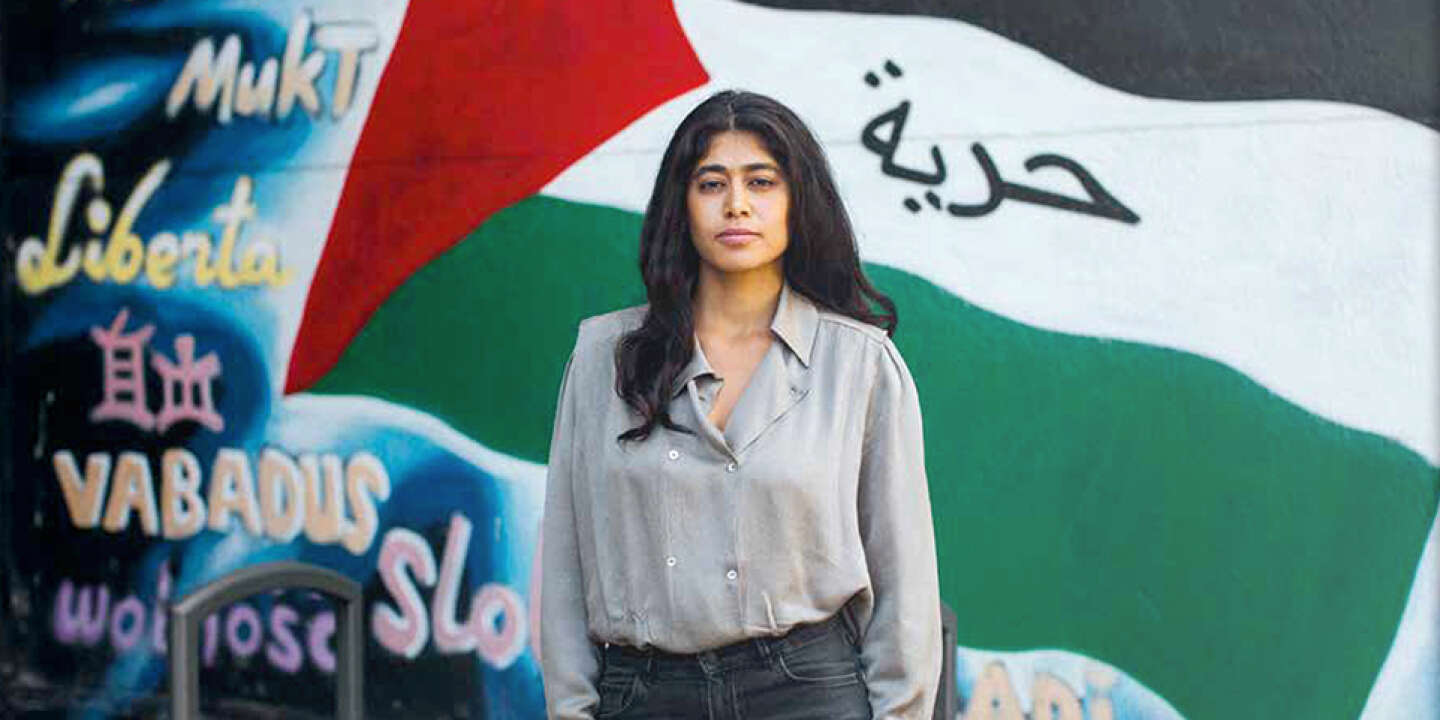
Rima Hassan: The Controversial Advocate of Palestinian Rights in France
•
Rima Hassan, a 32-year-old legal scholar and activist, has made history by becoming the first French-Palestinian member of the European parliament. Her party, the left-wing France Unbowed (La France Insoumise, LFI), obtained 9.89 percent of the votes cast on EU elections and is now sending nine MEPs to Brussels. The European elections in France…
-

From Faith to Secularism: Shifting Attitudes in Iran
•
A nationwide government survey conducted in the 2024 winter shows a significant shift among Iranians away from the ruling ideology and towards a secular system. According to the national survey “Values and Attitudes of Iranians,” which is classified and has not been made public, an overwhelming majority of participants support the separation of religion…
-

Iranian Women in a Century’s Frame
•
In the early 20th century, Iran’s neutrality in World War I was undermined as it became a battleground for Russian, British, and Ottoman forces, leading to social upheaval, famine, and epidemics. Post-war, Iranian women began advocating for their rights, exemplified by Sediqeh Dowlatabadi’s magazine “Zaban-e Zanan” and protests by the Patriotic Women’s Association against…
-

Gender Dynamics in Authoritarian Islamic States
•
From “Life as Politics: How Ordinary People Change the Middle East by Asef Bayat.” A book about struggles for social change in the Muslim Middle East, mostly focused on Iran and Egypt but with scattered references to other countries as well. The first edition was written not long before the Arab Spring and laid…
-
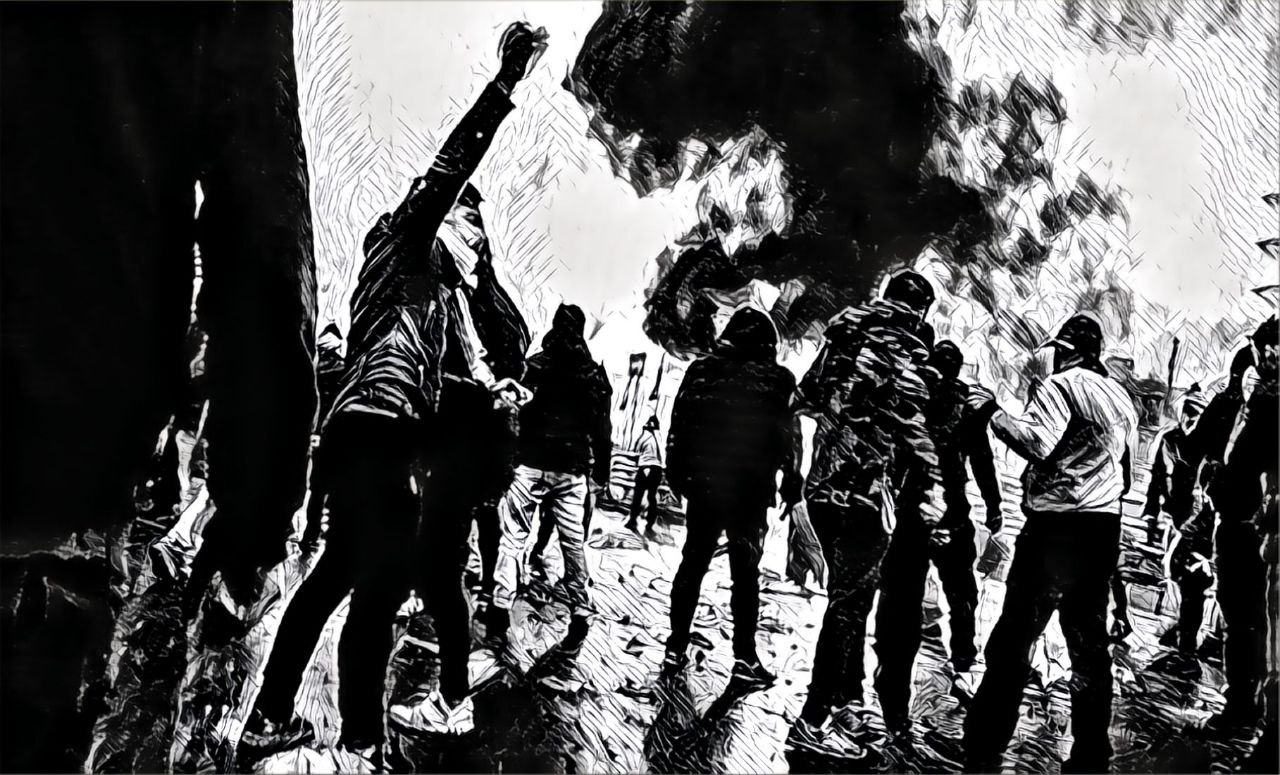
Street Power: The Islamic Regime’s Worst Nightmare
•
Once, Ali Khamenei, the leader of the Islamic Republic, said that he would not “surrender to street challenges.” This was during the days of the Green Movement when the streets were filled with protesters, and the government’s response was an iron fist and the killing of protesters in the streets. Although people in various…
-

Islamic regime’s Chessboard:
Potential Presidential Candidates•
The Islamic Republic of Iran is preparing for a presidential election on June 28, 2024, following the untimely death of President Ebrahim Raisi in a helicopter crash. The governments of Mohammad Reza Shah Pahlavi and the Islamic Republic are both theocratic regimes. However, contrary to common perceptions, in certain aspects of power structure, the…
-
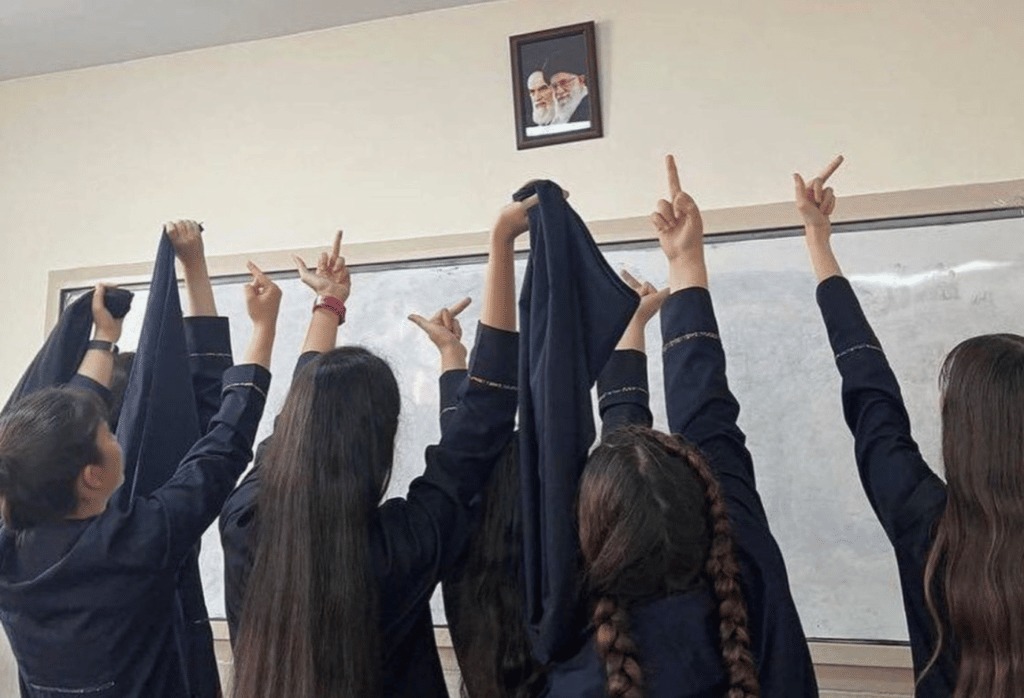
Iran’s Youth vs. Theocracy:
Iran After death of Raisi•
Raisi is dead. A killer of thousands of innocent people who were executed with just a few questions. Some of these questions were: Is the prisoner willing to condemn the Mojahedin organization and its leader? Is the prisoner loyal to the ideals of the Mojahedin organization? And for the leftist and communists, the questions…
-
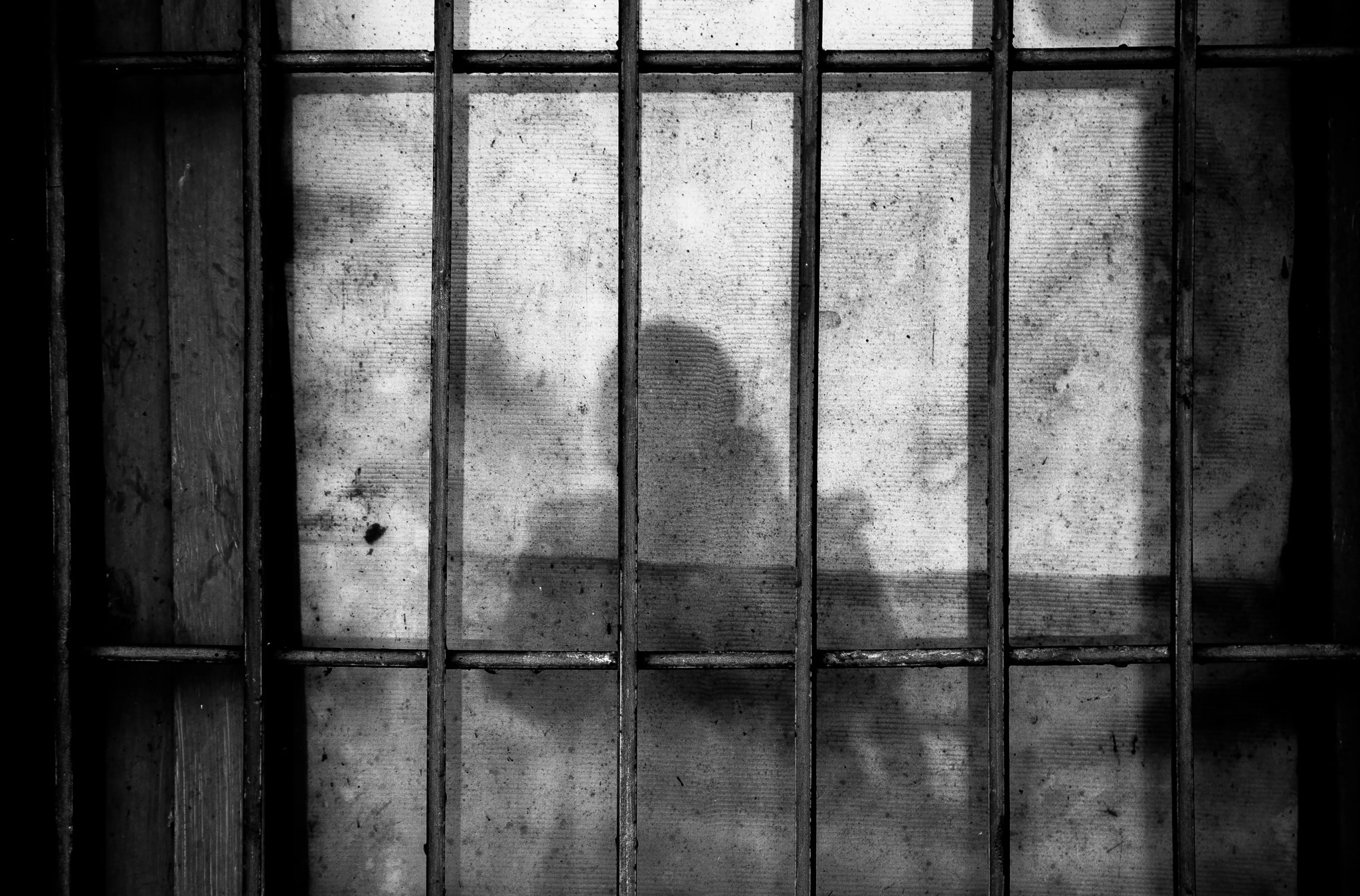
How Iran’s Political Prisoners Are Driven to Suicide
•
Dalia Andam, a 15-year-old Kurdish protester from Sanandaj, tragically ended her life after rejoining protests and receiving threats from law enforcement. On November 17, 2022, Dalia was shot with 25 pellets during a protest, further attacked later, and her family avoided hospitals for fear of arrest. She rejoined protests but, beaten again, endured harassment…
-
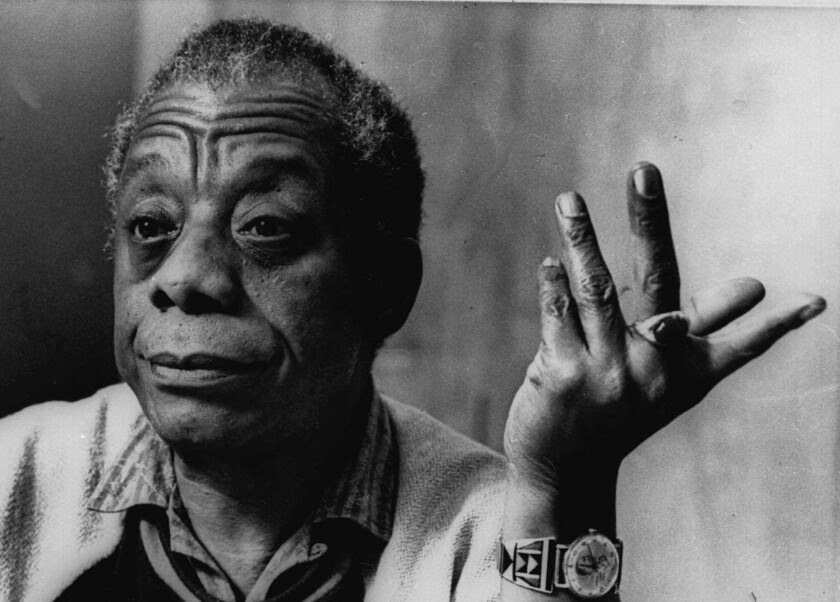
From Harlem to Palestine:
Baldwin’s Intersectional Resistance•
“Of Latitudes Unknown” explores James Baldwin’s intellectual legacy by reevaluating and expanding on existing Baldwin scholarship, introducing new critical perspectives and themes. The book delves into lesser-known aspects of Baldwin’s thought, including his bilingual communications, later interactions with Africa, his engagement with French and Arab media, and his overlooked works in literary journalism. This…
-
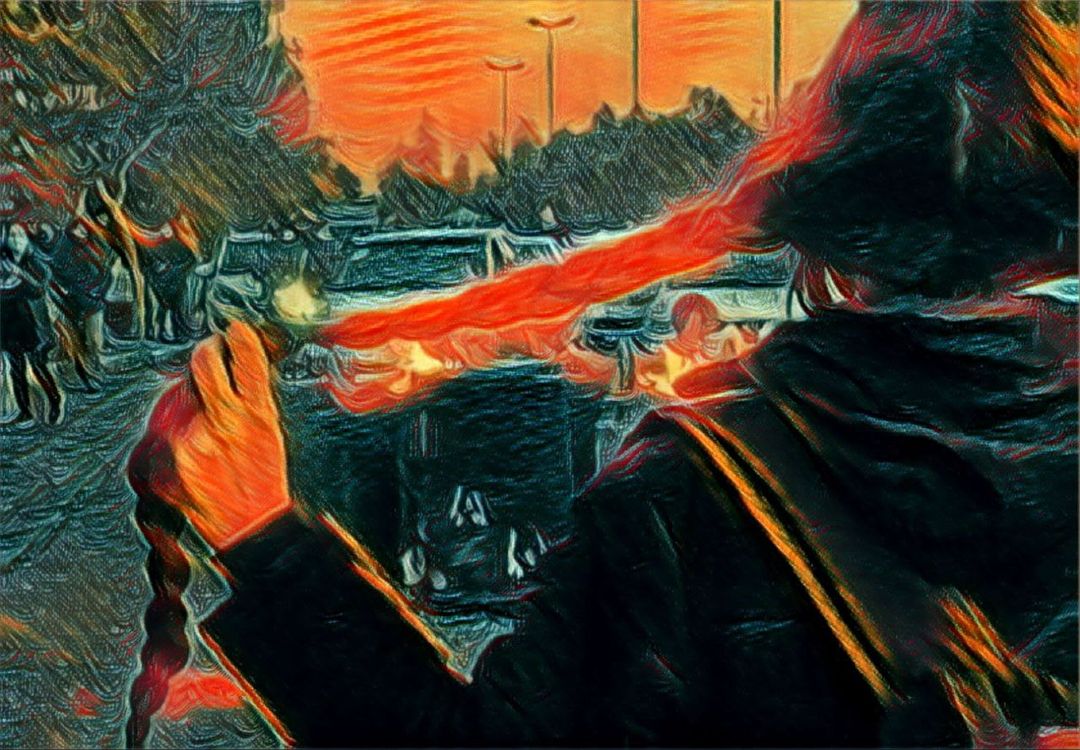
From Iran to Palestine:
The Shared Path of Liberation and Feminist Resistance•
This discussion revolves around the challenges and advancements of the Women, Life, Freedom Movement in Iran, which is resisting oppressive measures by the regime, including gender oppression and increasing death sentences for protesters. The interview introduces a member of the Nasvan Revolutionary Committee, a secret women’s committee formed to address gaps in feminist organizing.…